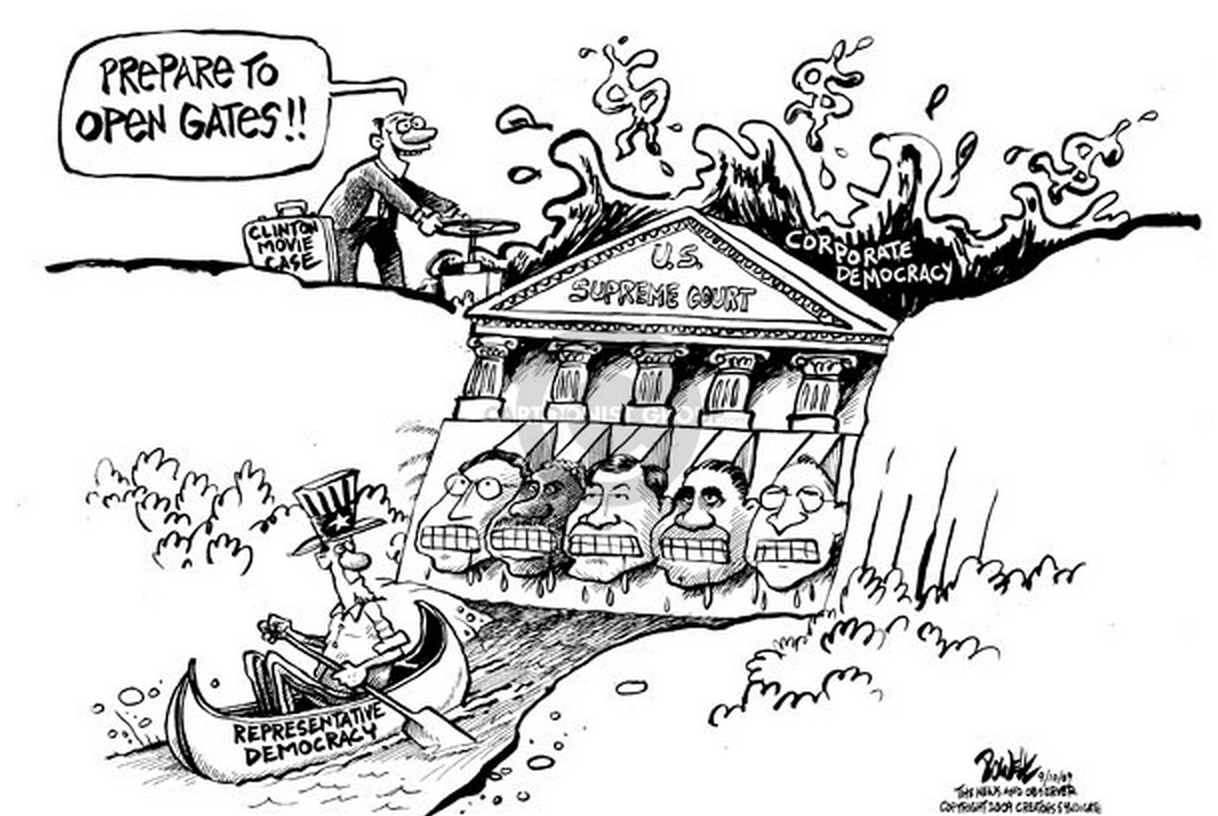While all of these methods to raise campaign funding are great, in light of the recent Citizens United v. FEC it seems that it is now in the best interest of candidates to move away from any sort of public funding. Both President Obama and Mitt Romney refused public funding from the government for their campaigns because accepting these funds would prevent them raising unlimited amounts of private funds. For Congressional races, if a candidate accepts public funding (and the spending limit that comes with it) then strategically they are left vulnerable to a candidate entering the race with unlimited independent expenditure support. In order for a solution to campaign finance reform to have an effect, it will have to directly address the ramifications of the Citizens United Supreme Court case. However, this seems unlikely because unlimited donating to campaigns is now considered a constitutional right.
After examining the historical context of campaign finance reform, it appears a clear cycle has emerged. When the amount of money spent in campaigns gets out of hand (such as with soft money and now with independent expenditures) regulation pursues. With future regulation being hindered by the Supreme court rulings, I could see the next era of curbing campaign money in the form of clarifying already existing regulations.
In the short-term, I believe the “dark money” entering campaigns through 501 (c)(4) groups will be stopped by the Obama administration. Next, I think another logical way to combat exorbitant amounts of spending would be to give the FEC more power to clarify already standing regulations such as a Super PAC may not “coordinate” with a candidate. Vague terms in current regulations are leading to large amounts of abuse.
However, in the long-term I believe that initiatives such as Grassroots Democracy may have a large influence on elections. There is a growing trend in politics to directly reach out to voters with such activities as canvassing because it is proving to be extremely effective in increasing voter turnout. Therefore, combining the idea of reaching out to voters and simultaneously fundraising may be a way towards fundamentally changing how campaigns function and raise money. With the expenses for reaching out to the majority of constituents being partially funded by those constituents, candidates would be able to spend more time listening to and addressing the concerns of the majority. This would diminish the effects of large money in campaigns because candidates and their campaigns would be directly in contact with the constituents instead of just bombarding them with campaign ads.
